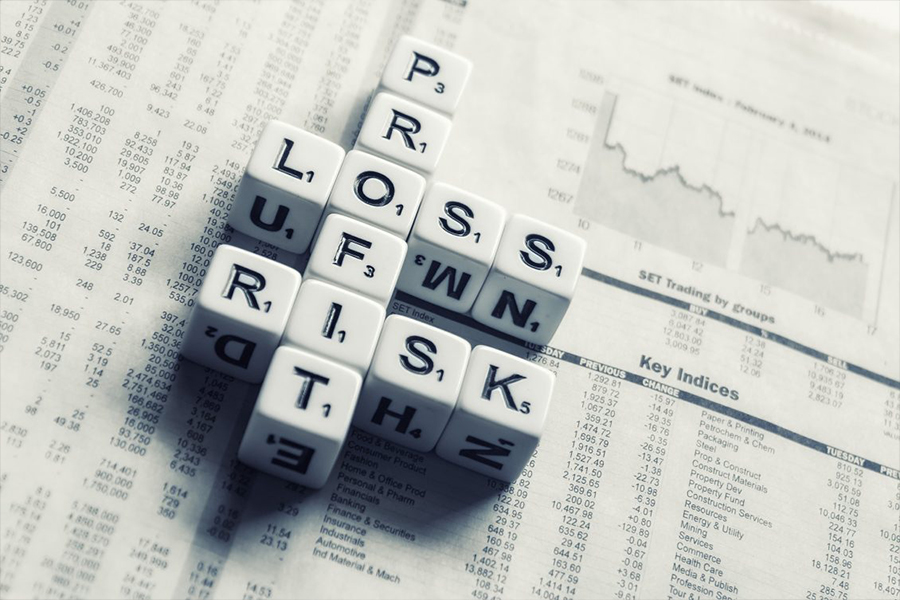Our world is more dynamic, fast-paced and interconnected than at any other time in human history. Artificial intelligence, automation, social media, global warming, civil unrest and pandemics are all things that we, as a society, now deal with on a daily basis.
In such a VUCA – Volatile, Uncertain, Complex and Ambiguous – environment, one of the things that is fast becoming evident is that human capital is the most crucial and vital element to an organisation’s success.
The days where one can be a specialist in a very narrow field are passing; most organisations now require agile people who have skills in multiple disciplines, who can make both tactical and strategic decisions in a fast-moving environment to create value.
How can we help our people, teams and organisations move from a compliance and resilience-based approaches, to a Presilience®-based approach of high performance?
The answer, I believe, lies partly in our ability to analyse how we view and approach risk.
A great analogy is that of insurance and investment.
Let’s consider how most of us approach getting car insurance.
Most people will go through the following process:
- We gather information, usually by asking friends or looking online, to find the best deal
- Purchase insurance
- Only review it when it’s due for renewal (and sometimes not even then) and when something bad happens, where I actually need the cover I paid for.
Let’s look at this in more detail:
- By definition, insurance is concerned with downside risk only – if something bad happens, insurance should bring you back to where you were before the incident. In our car example, it means repairing the damage, or replacing the vehicle to one of similar value. As such, there is nothing to be gained, other than the feeling of safety. There are no real opportunities there. Even when insurance products are bundled – say car, home and even life insurance – they don’t offset each other in minimising risk.
We don’t get expert advice. The information we seek is usually the minimum we feel that we need to make a reasonable decision. That can be asking for friends’ recommendations or looking up Google reviews, but rarely would we go out and find a car insurance specialist to advise us of what’s the best option for us. - When it comes to things that are perceived as extremely high risk in terms of consequences -like income protection or life insurance – many people will still buy ready-made products without a lot of expert advice, rather than a bespoke solution by a qualified broker, or alternatively shop around for the cheapest broker.
- No one wants to have to pay for insurance; we feel we have to pay for insurance. This has a major implication. When we don’t want to do something, we tend not to give it the resources it may warrant – our time, money, attention, etc. Rather, we do what we can to feel safe, and then move on. In this context, it could be not shopping around enough, or not reading the clauses of the policy in enough detail. This can lead to paying too much or not actually having the cover you want or think you have. Which is fine… until something goes wrong.
- Most people won’t review their insurance until something bad happens. As such they may not respond to micro-changes in their environment, but rather only respond when crisis occurs. In our car example – I may not review my policy when there are traffic law changes in my area, significant increase in car theft, my car has aged significantly, etc. Rather, most people will only look at their policy when they have a car accident. This means that while both the environment and the thing we want to protect are continuously changing, our protective mechanism remains unchanged. If something bad happens, we may find that that mechanism is no longer effective, or not to the extent that we thought.
This approach is similar to the compliance and resilience-based approaches to risk management, where the key concepts are value protection and returning where we were before an incident. This is usually done internally, often without experts per se but with managers who are volun-told to look after risk. The resources invested into risk management are therefore the minimum that can be invested to protect ourselves legally, and are not reviewed until things go wrong.
Let’s consider another approach – one of looking at investing.
How do most people go about investing in the stock market?
- Gather a lot of information, usually with the help of a subject matter expert, such as a broker.
- Invest in a portfolio of stock
- Review performance regularly to tweak what is needed.
Let’s look at this in more details:
- By definition, investment is made with the purpose of earning a return, though there is an understanding that loss is possible. As such, considerations are made for both downside risk and upside opportunity. A good investment will involve a portfolio that is well-diversified, with funds invested across multiple sectors and companies, often ones that are negatively correlated in terms of reaction to market forces. This means that risk is relatively well-mitigated and where a loss in one stock can be offset by a return in another.
- Expert advice is often used. We would often seek out a lot of information and distil it through the lens of expert advice to make a well-informed decision. It’s worth noting that ‘external’ could mean an expert within our organisation, but outside of our silo.
- Investment is not something we do because we have People invest because they want to. As such, they are much more likely to put careful consideration into the resources involved – time, money, attention, etc. They may explore more options, more carefully and be happy to spend more money.
- Investments are often reviewed more regularly – day-traders may swap positions and tweak their portfolio, sometimes quite significantly, several times within the course of a day! While not everyone will do that, investments are generally reviewed on a fairly regular basis to allow for modification and tweaking based on changes in the environment.
This is similar to a Presilience® approach to risk. The driving factors is value creation, and ending up ahead rather than just at the same place when disruptions or shocks occur. Events, even adverse ones, are looked at from both sides of minimising loss and maximising return, and as such looking for opportunities becomes part of the norm. This function is now performed by engaged individuals, who also seek external expert advice and bust silos, and are happier to allocate resources, and review and analyse performance on a regular basis.
What does this mean?
Looking at it as a drain of resources, a burden or a form of insurance will allow you, at best, to come back to where you were before a disruption.
If we are to thrive in the rapidly-changing VUCA world, we need to look at risk as an investment and value creation, and approach with the same mindset as we would any other investment.



